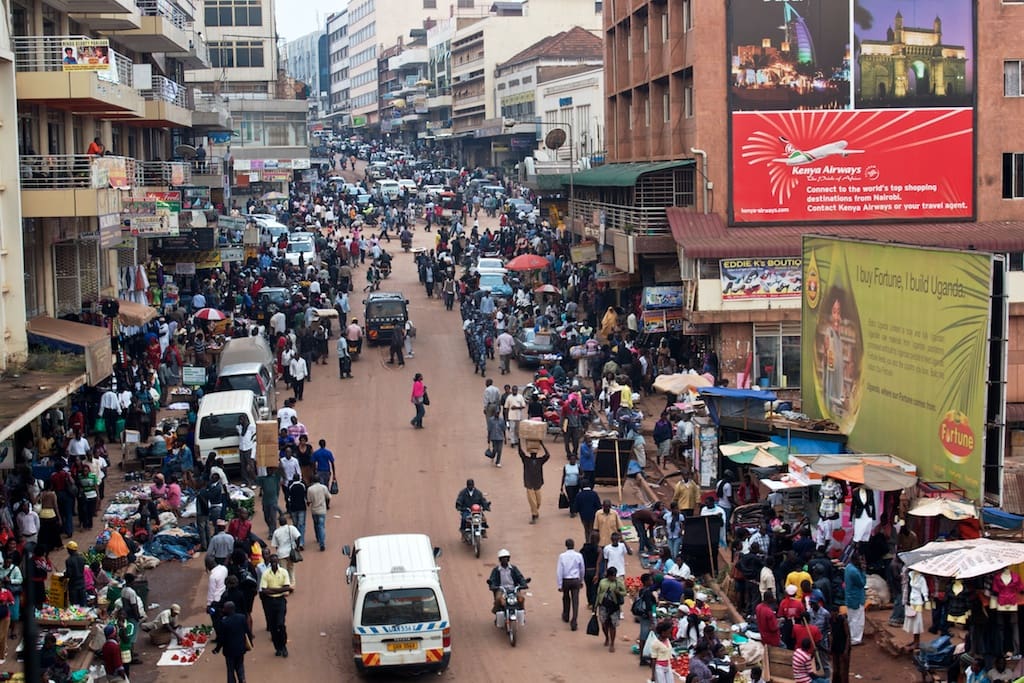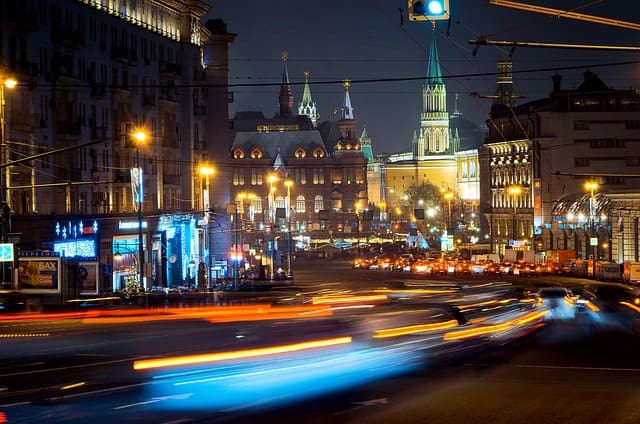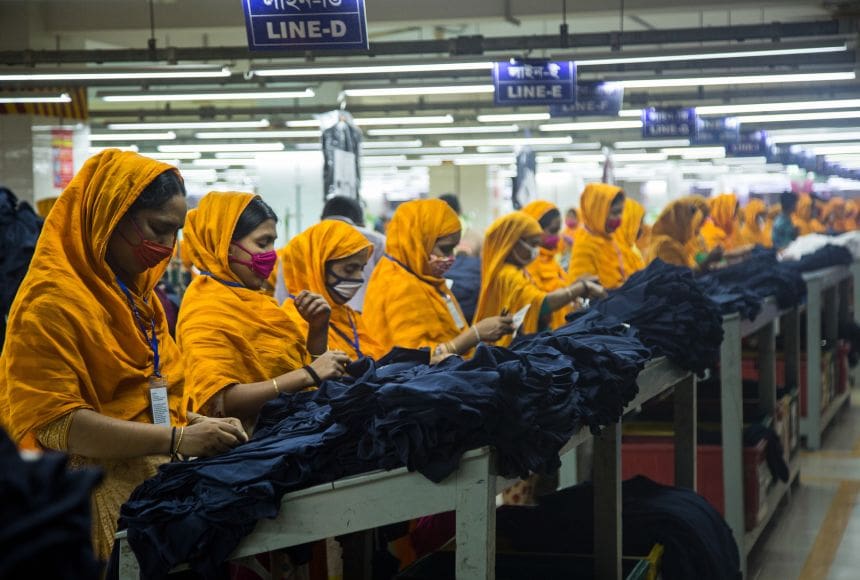Business
How Does Globalization Affect Cultural Identity and Diversity?


Globalization, often regarded as the interconnectedness of the world, has undeniably brought about significant changes in the cultural landscape. It has created a platform for the exchange of ideas, beliefs, and practices, leading to a more interconnected global community.
However, as the world becomes more interconnected, the impact on cultural identity and diversity has been a subject of intense debate. The influence of globalization on traditional customs, languages, and societal norms has sparked concerns about the potential erosion of cultural uniqueness.
These changes have sparked a myriad of questions about the preservation of cultural heritage and the evolution of cultural identities in this rapidly changing world.
Key Takeaways
- Globalization leads to the convergence of cultural practices and values on a global scale, causing cultural homogenization.
- Traditional practices and languages are at risk of being overshadowed by dominant global cultures, leading to the erosion of cultural distinctiveness and heritage.
- Globalization presents both challenges and opportunities for traditional practices, as it can lead to their erosion but also facilitate their global exchange and revitalization.
- Indigenous languages are particularly vulnerable to extinction due to globalization, but efforts to revitalize and preserve them are gaining momentum.
Cultural Homogenization
Cultural homogenization, propelled by the forces of globalization, has led to the erosion of distinct cultural identities and the convergence of cultural practices and values on a global scale. This phenomenon has been driven by the rapid exchange of information, ideas, and values facilitated by technological advancements and increased interconnectedness. As a result, traditional customs, languages, and beliefs are being overshadowed by dominant global cultures, leading to a loss of diversity and uniqueness.
Analytically, this process can be seen as a double-edged sword. On one hand, it has provided opportunities for the exchange of knowledge and understanding between different cultures, fostering a sense of global citizenship. On the other hand, it has led to the dilution of authentic cultural practices and heritage, as societies adopt more mainstream, globalized norms.
Comparatively, the impact of cultural homogenization varies across different regions and communities. While some societies have embraced this convergence, seeing it as a means of progress and modernization, others have fiercely resisted, seeking to preserve their cultural distinctiveness and heritage.
From an ethnographic perspective, this trend has raised concerns about the potential loss of indigenous knowledge and traditions, as well as the marginalization of minority cultures. It calls for a delicate balance between embracing the benefits of global interconnectedness while safeguarding the richness of cultural diversity and identity.
Ultimately, the preservation of cultural freedom and diversity requires a nuanced approach that acknowledges the complexities and nuances of each society’s cultural landscape.
Traditional Practices
Embracing the enduring customs and rituals passed down through generations, traditional practices serve as a cornerstone of cultural identity and heritage, embodying the values and wisdom of a community.
However, in the face of globalization, these traditional practices are encountering both challenges and opportunities. On one hand, globalization has led to the erosion of some traditional practices as younger generations prioritize modernization and global trends. This has resulted in a loss of cultural diversity and a weakening of unique cultural identities.


On the other hand, globalization has also facilitated the global exchange of traditional practices, allowing for cross-cultural learning and appreciation. The increased interconnectedness has enabled the preservation and revitalization of some traditional practices, as they gain recognition and appreciation on a global scale.
In this way, globalization has presented a complex dynamic for traditional practices, influencing them in diverse ways. It is essential for societies to carefully navigate this intersection, preserving traditional practices while also embracing the benefits that globalization can bring to their cultural heritage.
Language Preservation
The impact of globalization on traditional practices prompts a critical examination of its influence on the preservation and revitalization of languages within diverse cultural communities. Globalization has led to the dominance of a few major languages, putting smaller, indigenous languages at risk of extinction. As societies become more interconnected, dominant languages often overshadow the use of minority languages, leading to a decline in the fluency and transmission of indigenous languages to younger generations. Furthermore, the economic and social pressures to adopt dominant languages in education and employment can further marginalize indigenous languages.
However, there is a growing recognition of the importance of language preservation in maintaining cultural identity and diversity. Efforts to revitalize and preserve indigenous languages have gained momentum through language revitalization programs, cultural education initiatives, and the use of technology to document and promote endangered languages. Additionally, international organizations and governments are increasingly supporting language preservation efforts as part of their commitment to cultural diversity and human rights.
In comparison, some countries have been more successful in preserving their linguistic diversity by implementing policies that support multilingualism and providing resources for the maintenance and promotion of indigenous languages. Nonetheless, the challenges of language preservation in the face of globalization remain significant, requiring ongoing commitment and innovative strategies to ensure the survival of diverse linguistic traditions.


Identity Loss
Amidst the forces of globalization, the erosion of traditional cultural practices and values has led to a discernible loss of identity among many communities worldwide. As the world becomes more interconnected, traditional ways of life are being rapidly replaced by Western ideologies, consumerism, and popular culture. This has resulted in a significant disconnect between individuals and their cultural heritage, leading to a sense of alienation and identity crisis.
In many societies, the younger generation is particularly vulnerable to identity loss as they are exposed to a multitude of external influences through media, technology, and education. The erosion of cultural identity is often accompanied by a loss of language, rituals, and customs, further exacerbating the feeling of displacement and disconnection from one’s roots.
The homogenization of global culture also perpetuates the marginalization of indigenous communities and their unique identities, as their ways of life are often undervalued and overshadowed by dominant global narratives.
Moreover, the commodification of cultural symbols and practices for mass consumption diminishes their intrinsic value and authenticity, ultimately contributing to the erosion of cultural diversity. As such, efforts to preserve and revitalize traditional practices and values are crucial in mitigating the pervasive impact of identity loss in an increasingly globalized world.
Cross-Cultural Communication
Cross-cultural communication plays a pivotal role in fostering mutual understanding and cooperation among diverse societies in the globalized world. In an era where interactions between people from different cultural backgrounds are increasingly common, effective cross-cultural communication is essential for promoting harmony and collaboration.


Here are some key considerations in cross-cultural communication:
- Cultural Awareness: Understanding and appreciating the cultural norms, values, and traditions of others is crucial for effective communication.
- Language Barriers: Overcoming language differences through translation, interpretation, or language learning is essential for clear and meaningful communication.
- Nonverbal Communication: Being aware of and interpreting nonverbal cues such as body language, gestures, and facial expressions is important for understanding and conveying messages accurately.
- Respect for Differences: Acknowledging and respecting the diverse perspectives and practices of other cultures fosters open and respectful communication.
- Adaptability: Flexibility and adaptability in communication styles and approaches are necessary for successful interactions with individuals from different cultural backgrounds.
Frequently Asked Questions
How Does Globalization Impact the Spread of Traditional Cultural Practices to Other Parts of the World?
The impact of globalization on the spread of traditional cultural practices to other parts of the world is substantial. It has facilitated the exchange and dissemination of customs, beliefs, and rituals, leading to both preservation and transformation of cultural identities.
What Strategies Can Be Implemented to Preserve and Protect Languages in the Face of Globalization?
Preserving and protecting languages in the face of globalization requires a multifaceted approach, including investment in language education, promotion of bilingualism, and support for language revitalization programs. These strategies can help safeguard linguistic diversity and cultural identity.
Are There Ways for Individuals to Maintain Their Cultural Identity in the Midst of Globalization and Potential Identity Loss?
In the age of globalization, individuals can maintain their cultural identity by actively engaging in cultural practices, preserving traditional customs, and participating in community events. This can help mitigate potential identity loss and preserve cultural diversity.
How Does Cross-Cultural Communication Contribute to the Preservation of Cultural Diversity in a Globalized World?
Cross-cultural communication serves as a bridge connecting diverse communities, fostering mutual understanding, and preserving cultural diversity in a globalized world. It facilitates the exchange of ideas, traditions, and values, enriching societies and promoting cultural harmony.


In What Ways Does Globalization Challenge the Concept of Cultural Homogenization and Promote Cultural Diversity?
Globalization challenges cultural homogenization by fostering cultural diversity through increased interconnectedness. It promotes the exchange of ideas, traditions, and values, allowing for the coexistence and preservation of unique cultural identities within a globalized world.


Hi, I’m Kyle Rivera, a news journalist and blog editor with the Daily Evening News. A TCU alum with a flair for storytelling, I spend my days uncovering impactful stories and my evenings exploring the realms of yoga, cycling, and whimsically bad poetry.
Travel is my escape; I’ve trekked from Tokyo’s neon lights to Iceland’s tranquil vistas. But no journey is complete without Mogli, my Golden Retriever, who’s redefining his breed standards in the most charming ways.
I love connecting with fellow travelers, yogis, cyclists, and anyone who enjoys a laugh at my poetic attempts. If you’re into stories that inspire, travel escapades, or just want to see what Mogli and I are up to, I’d love to hear from you on Instagram or Facebook. Let’s share tales and tips from around the globe!

